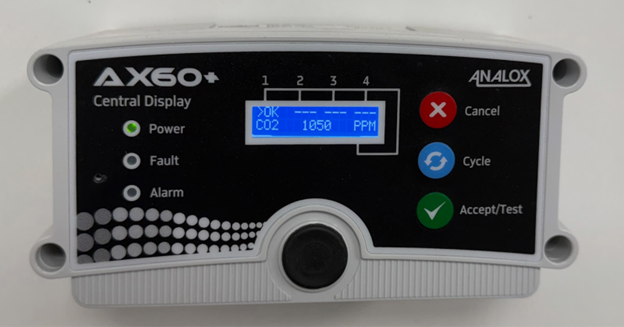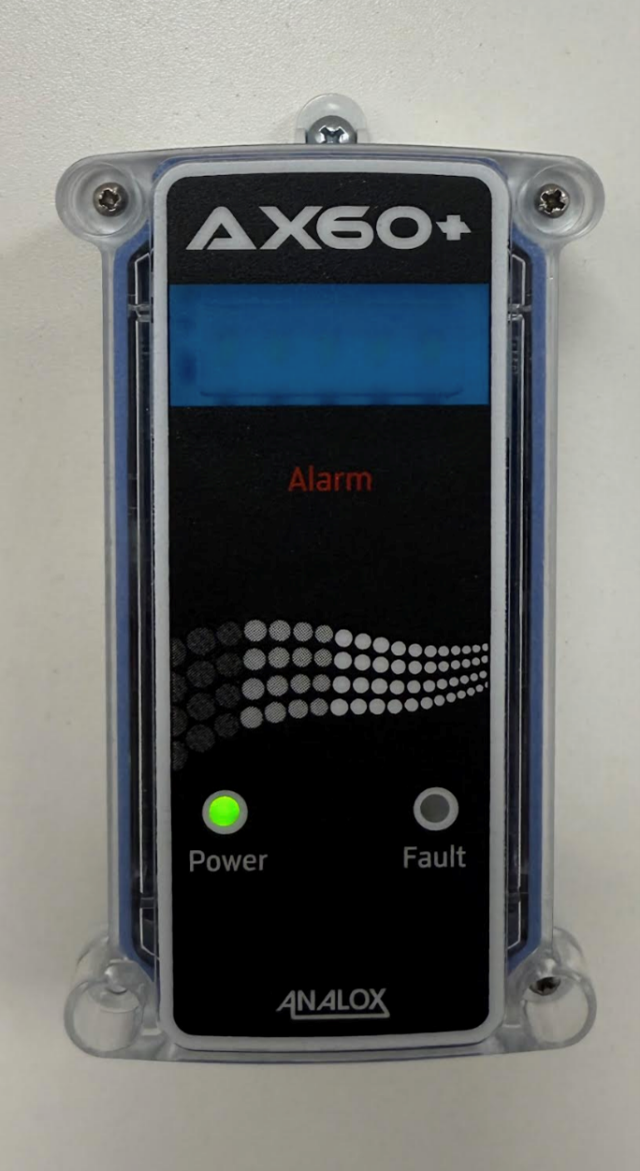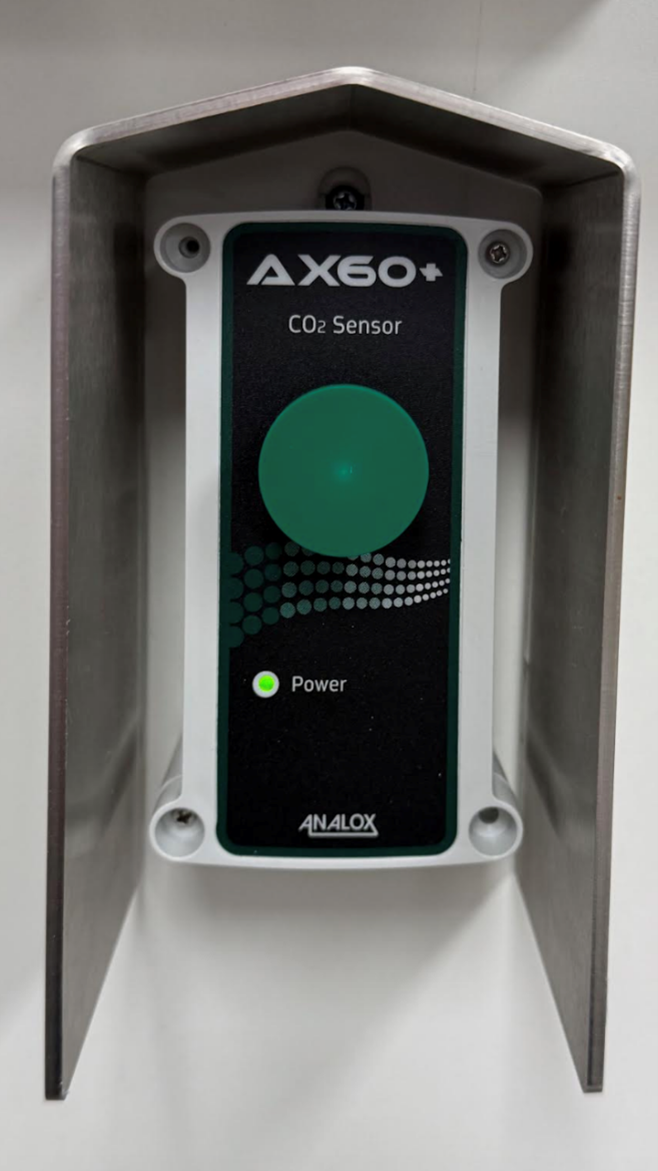
Understanding the Dangers of CO2: Essential Information for Keeping Your Restaurant Safe
Carbon dioxide (CO2) plays a vital role in many Restaurant operations, especially within beverage carbonation systems, where it is essential for providing fizz in drinks. While carbon dioxide is relatively harmless in small concentrations, it becomes hazardous when present in higher levels. Prolonged exposure to high concentrations of CO2 can lead to serious health issues, including dizziness, shortness of breath, loss of consciousness, and in extreme cases, can even be fatal.
Your CO2 detection system, installed by Strong Systems, is a crucial safety measure, alerting staff to dangerous gas build-up. Nonetheless, it is imperative to accompany this technology with rigorous safety practices to safeguard the well-being of both employees and patrons.
Understanding the Sources of CO2 Risks:
CO2 leaks are more likely to occur in particular areas of your Restaurant, notably around beverage carbonation systems, gas cylinders, and cooling systems. The potential for a leak is increased due to the nature of CO2: it is colorless, tasteless, and odorless. Such leaks can go unnoticed without effective detection measures, especially in areas with poor ventilation, where the gas can accumulate and create hazardous conditions.

Strategies for Maintaining a Safe Environment:
- Regular Monitoring of CO2 Levels: Inspect your CO2 detection system regularly to ensure it runs optimally. This includes verifying that alarms and sensors are operational and undamaged. Routine system testing ensures that you are alerted promptly to any dangerous situations.
- Ensuring Proper Ventilation: Even with an effective CO2 detection system, gas can accumulate without proper ventilation. Conduct regular inspections of your ventilation systems to check for obstructions. Well-maintained ventilation can significantly reduce the build-up of CO2 and other gases, enhancing overall air quality.
- Staff Training and Awareness: It is paramount to educate your staff about the risks associated with CO2 exposure. Training sessions should cover the symptoms of CO2 exposure, including headaches, dizziness, confusion, and shortness of breath. Additionally, staff should be well-versed in emergency protocols—understanding how to respond to alarms or suspected leaks.

By leveraging your CO2 detection system and these outlined strategies, you create a significantly safer environment in your Restaurant. This proactive approach not only protects your employees and customers but also promotes a culture of safety that prioritizes the health and well-being of everyone involved